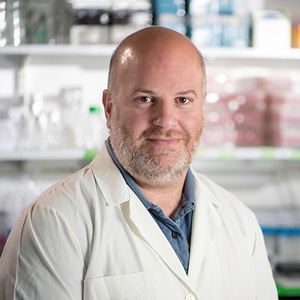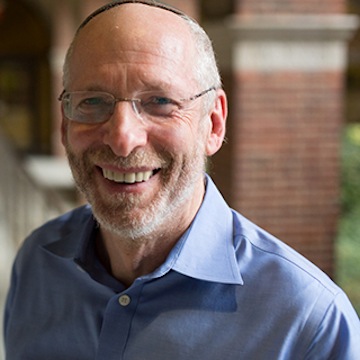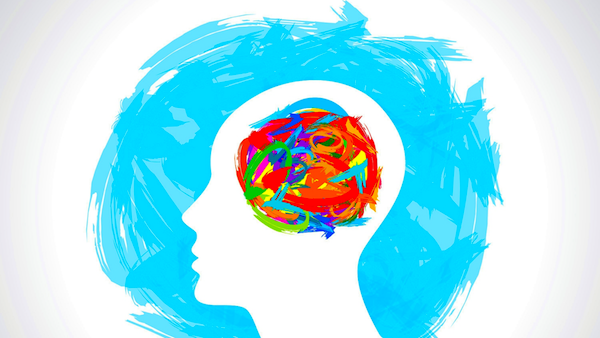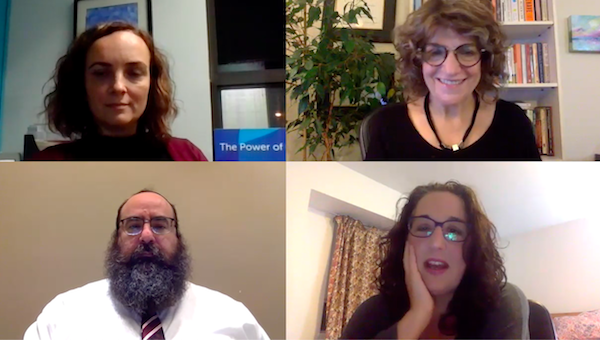Jewish Addiction Community Services (JACS) estimates that one in six members of the Jewish community in Metro Vancouver – or more than 4,000 people – are in need of support for dealing with substance use disorder. And yet, it is a topic that many of us find hard to talk openly about.
“I grew up around alcoholism in the home. There was shame in the family that dad had a drinking problem, and it affected my childhood, there is no doubt,” said L, who had the courage to speak with the Independent about their experience with alcoholism. “My dad was an angry drunk and he’d be embarrassing in public. He didn’t show up for commitments and didn’t turn out to be a very good father. I got to the point where I didn’t count on him because I couldn’t, and I resolved that with myself at a young age.
“Yet, there was a part of his life that was enticing and rather exciting for me,” added L, now a sober member of Alcoholics Anonymous (AA) and a participant in JACS Vancouver. “When my father would pick me up on a Friday night, we would head to the bar. I thought it was something fun, better than my boring life at home.
“I would be excited to play the bar games and drink Shirley Temples, but I was way too young to be in that environment, way too young to have my views shaped by those experiences.”
Although these tavern trips took place when L was in junior high school, they considered it normal. “I didn’t realize there were no other kids in the bar. It seems weird to me now that no one objected,” L reflected.
L grew up in an environment where Judaism was not talked about much, either. “There was already a stigma within a stigma. There was a great shame about being Jewish. Being Jewish was rarely discussed, the same way Dad’s drinking was rarely discussed. Both topics became elephants in the room.
“I think what I draw from that experience is that I really believe the disease of alcoholism is genetic; it seems to run in families,” L said. “All I needed was that environment to stir up that excitement. My dad had a full wet bar at home, and I just loved it. I was drawn to it like a magnet because I associated it with fun Friday nights when Dad took us to the bar.”
L’s father’s drinking led to L’s mother divorcing him when L was 5. There remained trauma within the home – matters that were not openly discussed – and alcohol presented a means “to take the edge off.”
L established their own relationship with alcohol and began drinking and using drugs as much as possible.
“I was the perfect rebellious child,” L said. “I found ways to drink – whether stealing it from my parents’ liquor cabinet or sneaking out at night to hang out with older kids to drink. I used to hide it in my room. I kept a mason jar of whiskey in my closet.”
As L’s dependence increased so, too, did their obsession to drown out reality. “In high school, I would sneak out to drink and do drugs. I would put a trashcan beside my bed so I would have a place to throw up when returning home. This way, I wouldn’t risk waking my parents, because my bathroom was right next to their bedroom. I was pretty far gone by high school. The more I drank, the less I was interested in life around me. I dropped out of school and then left the house at 16.”
The reliance on alcohol remained for another 10 years. Family members disassociated themselves and L eventually sought help. By the time L “hit bottom,” a phrase used in AA to describe the lowest moment in an alcoholic’s drinking experience, they were “unemployed, suicidal and physically dependent on alcohol to function on a daily basis.”
“I didn’t fashion myself to be that bad, yet I didn’t have any friends left,” said L. “No social network, I was very isolated. I didn’t leave my house anymore. I didn’t check the mail. I couldn’t even go to the grocery store without being drunk or high. I ended up going to a counselor, who thought I should go to an AA meeting. I thought that sounded horrible; I was only 26. AA sounded like it was for a bunch of old men and winos who lived under a bridge. However, my counselor said, ‘It has to be better than the way you’re living now.’”
Though there were struggles initially in attending AA meetings, L picked up a desire chip (sobriety coin) in August 1997 and has not had a drink or drug since, recently celebrating 25 years of continuous sobriety. L remains active in AA, and sponsors others who are looking for relief from their alcoholism.
AA, though it often holds meetings in churches, is a non-denominational program. “I am very steeped in Alcoholics Anonymous and that’s my central connection with sobriety,” L said. “It wasn’t until a Jewish friend in AA told me about JACS that I was able to reconcile my long-standing concern with the Christian side of AA.”
After attending some JACS meetings, L felt relieved that they could talk openly about their Judaism, which had been a sticking point for L in AA. Through JACS, L was introduced to the book Twelve Jewish Steps to Recovery, by Rabbi Kerry M. Olitzky and Dr. Stuart A. Copans.
“Just reading the foreword to that book helped me better understand that AA’s founder, Bill W., was only using the God of his understanding, which happened to be based in Christianity, to write the outline for sobriety in the AA literature.”
This realization was a profound moment for L, since they always “railed against [the Christian] part of the AA program,” saying “that never felt right.”
“All of a sudden,” L said, “I realized that AA wasn’t Christian at all, only Bill’s concept of his higher power was. AA allows me to choose the concept of my own higher power, which is based in Judaism.”
Becoming more involved with JACS has opened a whole new perspective for L, which was not found in AA meetings alone. “I couldn’t be more grateful for finding this missing piece of the puzzle at JACS and for the continued support of Shelley Karrel, who runs the Vancouver chapter,” said L, who attributes this shift to becoming more involved in the Jewish community and reconnecting with their lost Judaism.
“I would not have had this spiritual awakening without being more connected to my community and being introduced to JACS,” L said. “Being able to finally connect my sobriety with Judaism feels like coming home for me.
“When I think about my father’s demise – a sad and lonely alcoholic death – I know that could have been my fate as well. There isn’t a day that goes by without being reminded of where I came from and how grateful I am that I survived. I did not have to die by suicide, or alone with a bottle hidden away in my closet. I was given a new life. A sober life.
“Thinking about drinking is the furthest thing from my mind today,” said L. “It used to be the only thing I thought about 25 years ago. The obsession has been removed. I am completely safe and sound when it comes to alcohol now, as long as I stay active in AA and keep on the path of spiritual growth.”
For more information on available resources and support – within and beyond the Jewish community – visit jacsvancouver.com.
Sam Margolis has written for the Globe and Mail, the National Post, UPI and MSNBC.




